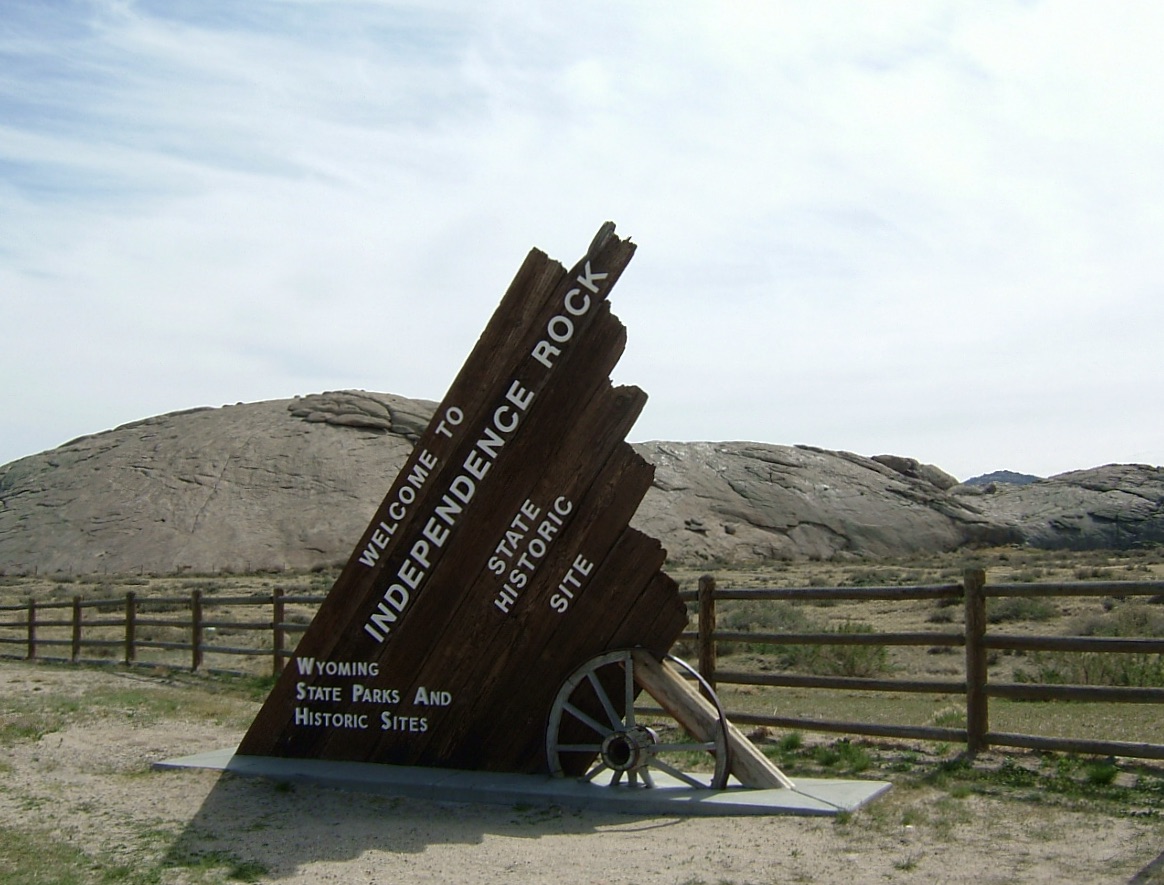Independence: Foundation of America
Independence Day
July 4, 1776 marks the date in history when the 13 colonies issued the Declaration of Independence, severing ties with Great Britain. Every year Americans mark this date with celebrations. It has been a federal holiday since 1941.
The quest for independence is not just the foundation of America, it is part of the American psyche, beginning with the original explorers and settlers. Of course there were many reasons for them to travel across the ocean to settle in the new world, but for many it was independence and freedom from oppression.
This quest for independence and opportunity continued with westward expansion of the United States, as settlers risked everything to move west. Travelers on the now famous Oregon Trail walked almost 2000 miles from Missouri to Oregon, searching for a new life and liberty.
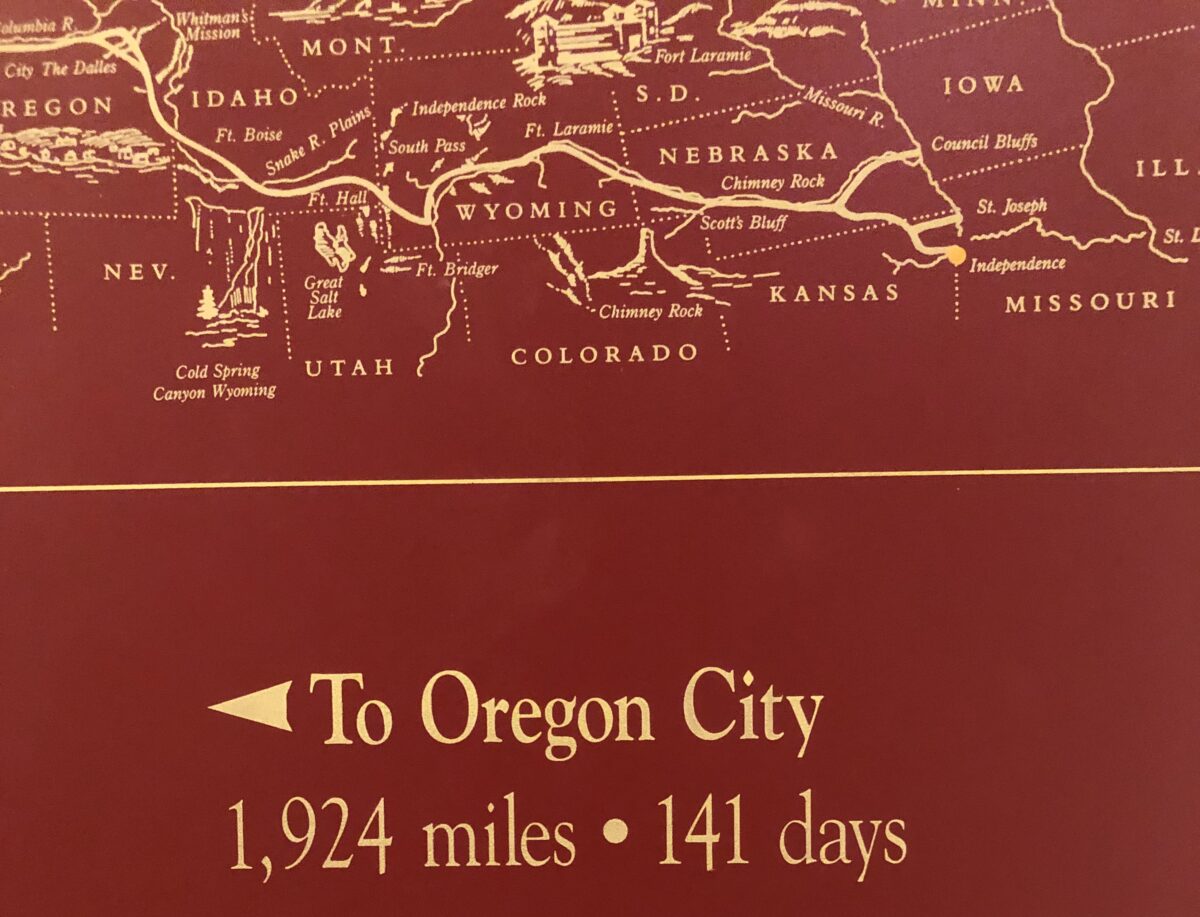
Independence, Missouri
The theme of independence is pervasive in America. In fact, there are some 26 places named “Independence”. One of them is Independence, Missouri. The first wagon train left this town in the spring of 1841, numbering 80 men, women and children. This town of Independence was the jumping off point for the Oregon Trail and Santa Fe Trail. Initially the pioneers followed rude trails used by fur traders and missionaries, but over time these trails were ground into established paths wearing wagon ruts that are still visible today.
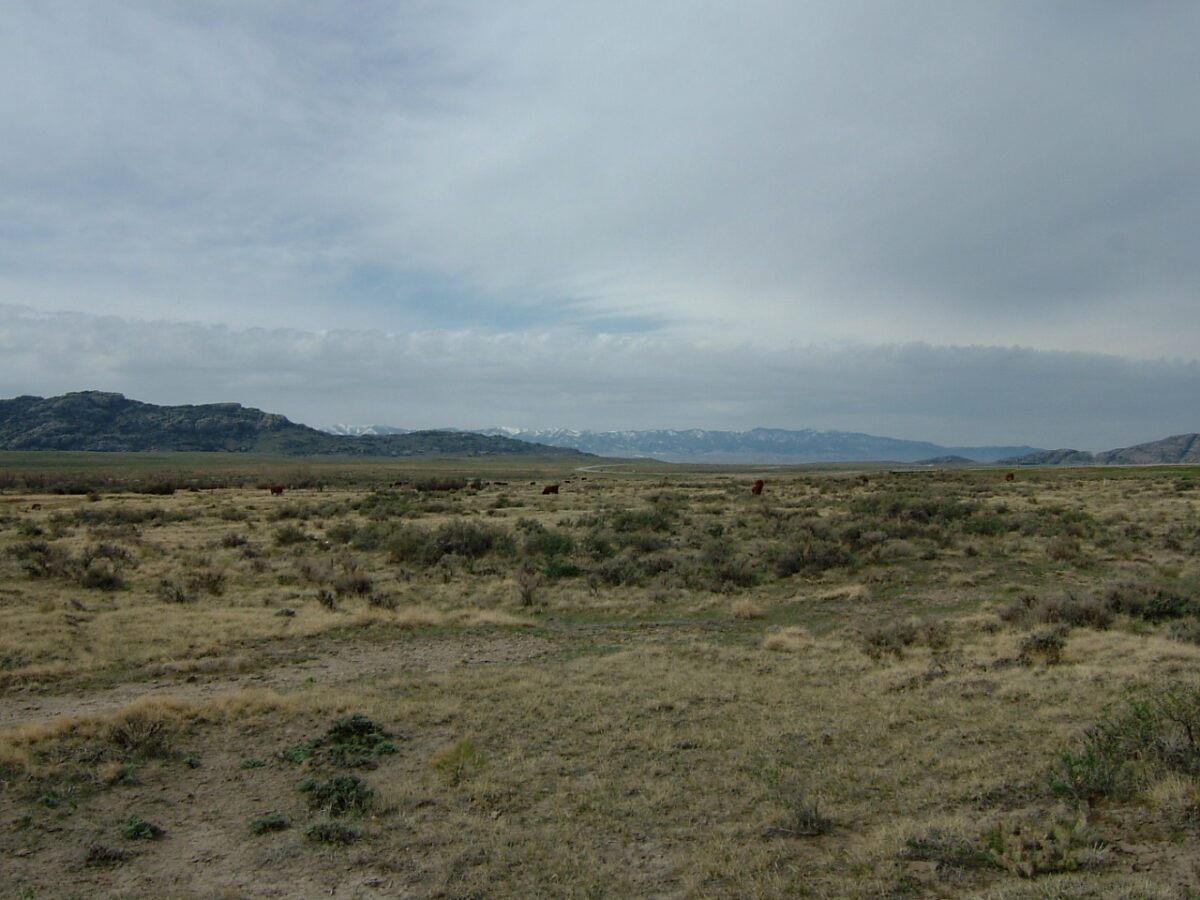
This rush to the west was encouraged by the government. From 1850 to 1854 Congress offered 160 acres of free Oregon land to men, plus another 160 acres to their wives. The opportunity to own 320 acres of land may have contributed to a boom in weddings! Visions of prosperity led to over 500,000 pioneers traveling west between 1840 and 1869. Traffic on the trails declined only once the transcontinental railroad was completed.
Independence Rock, Wyoming

One stop along the trail was Independence Rock, a 130 foot outcropping of granite rising out of the plateau. It took its name from a group of fur traders who camped there on independence day 1830, and over the years the rock covered with inscriptions and messages carved into the rock. In fact, in later years, travelers said they had a hard time finding an empty spot to carve their name!
Today, many of the carvings have faded, but you can still picture in your mind the travelers climbing on the rock and inscribing their names.
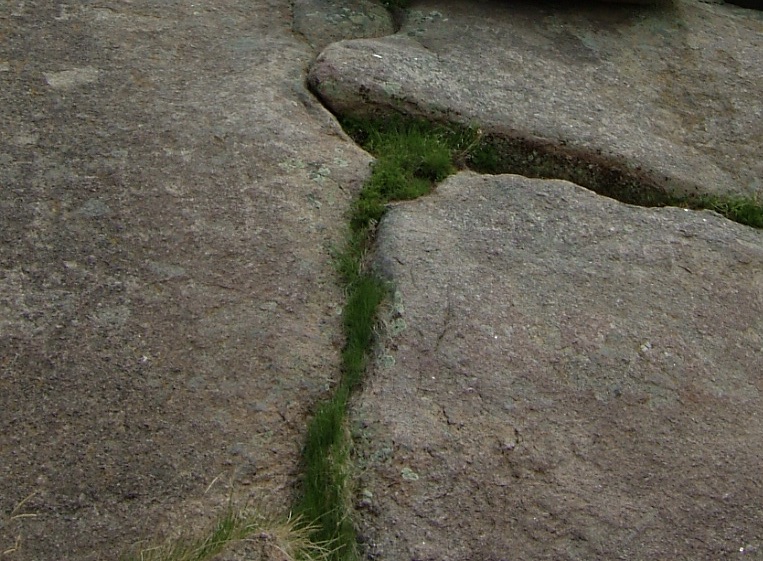
Independence Rock became one of the most well known landmarks on the Oregon, Mormon and California emigrant trails. About 60 miles west of Casper, Wyoming, it is said that travelers wanted to reach there by Independence Day so as to be sure they would be across the mountains before the snows.
Visiting Independence Rock
Independence Rock is protected today as National Historic Site, managed by Wyoming State Parks. As you walk along the footpath around the base of the rock you can check out the carvings and read the messages. Independence Rock was clearly a “bulletin board” in its day.
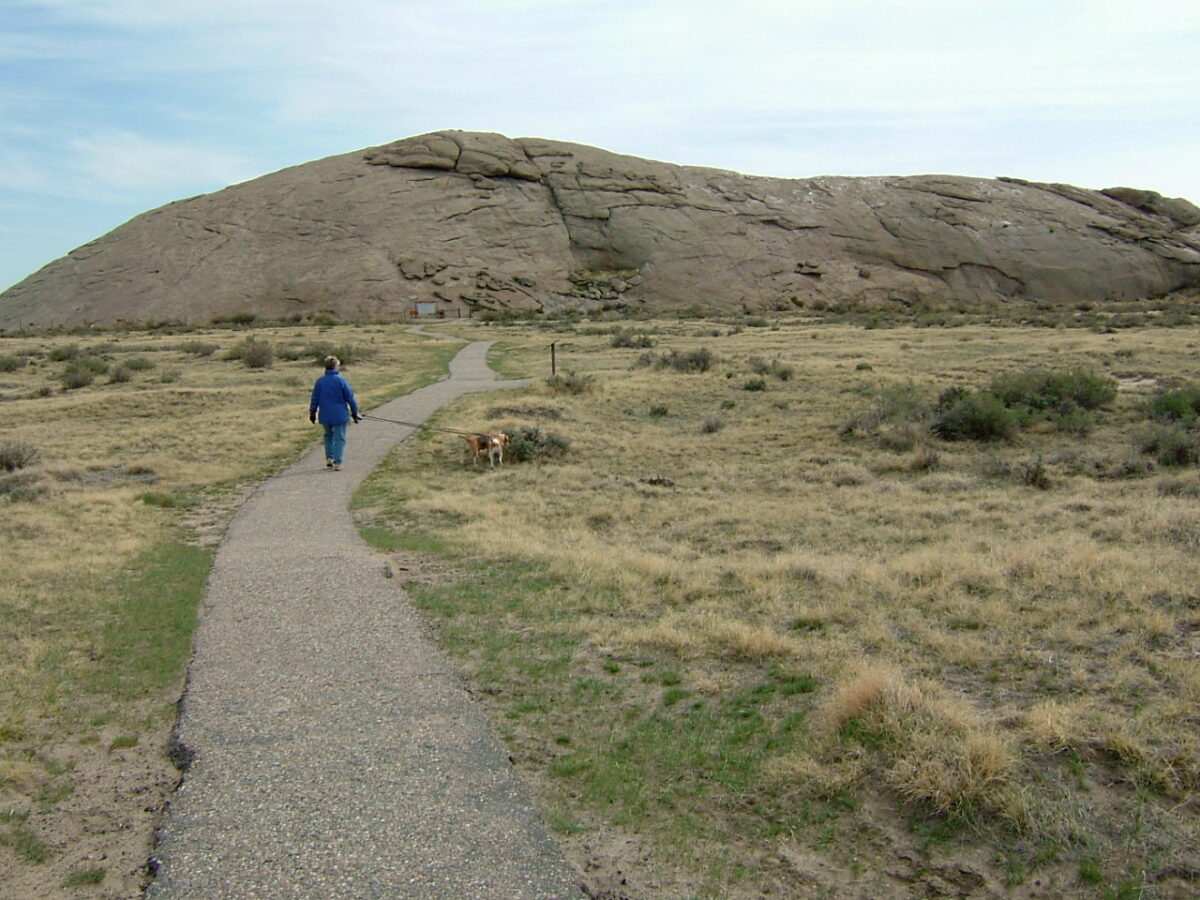
As you walk along the footpath, you can see some of the original wagon ruts, still visible after all these years. Wander off the footpath and make your way out to the Sweetwater River, which passes by Independence Rock. Emigrants would have to cross this river as many as nine times during their travels.
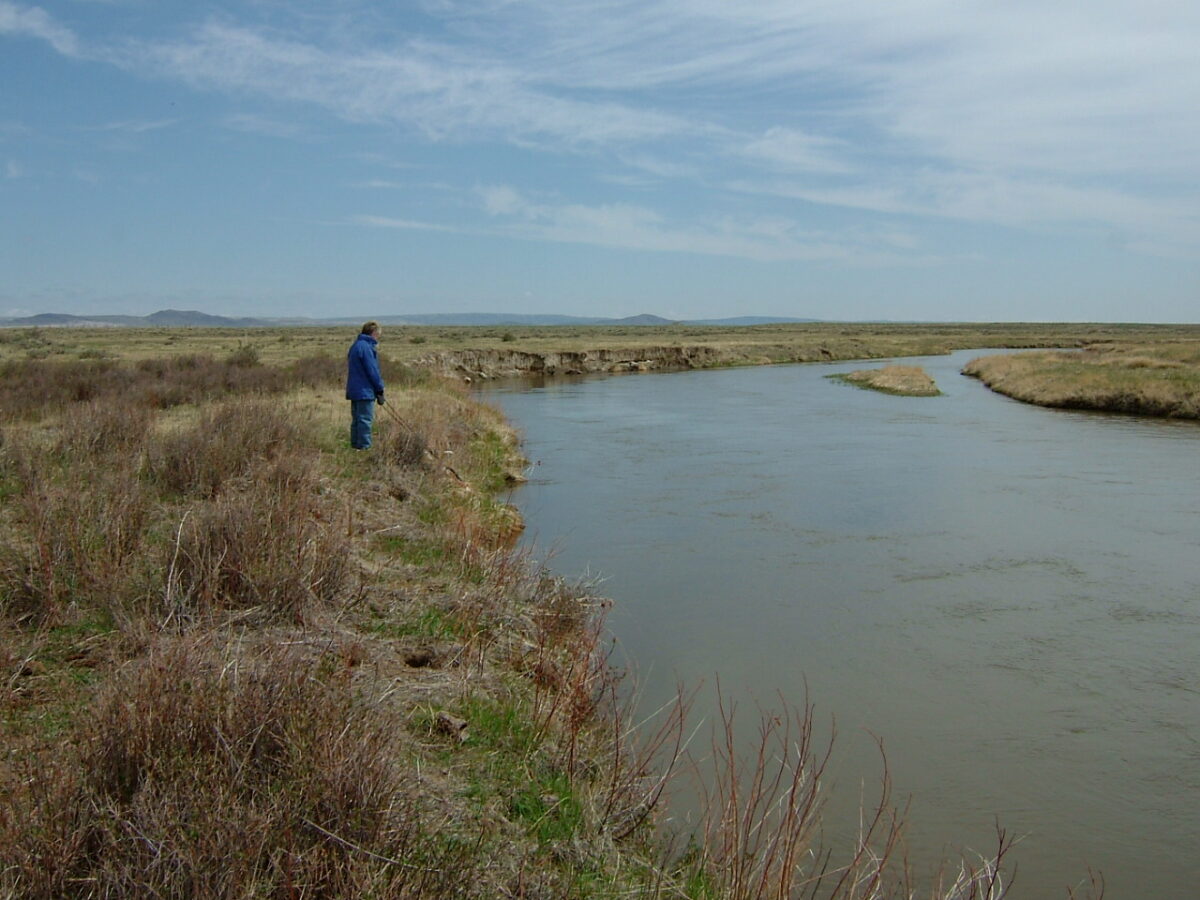
National Historic Trails
Of the 19 National Historic Trails in the national park system, four of them pass Independence Rock – the Oregon Trail, California Trail, Mormon Pioneer and Pony Express National Historic Trails – documenting the migration west and preserving some of the original trails.
Although only about 300 miles of wagon ruts remain, you can follow present-day auto routes, stopping along the way to visit national historic sites, landmarks and scenic overlooks. Unlike many national park units, these national historic trails are administered by a variety of agencies – federal, state and local plus private landowners.
Oregon National Historic Trail
Authorized in 1978, the Oregon National Historic Trail goes from Missouri to Oregon. Begin in Kansas City at the National Frontier Trails Center. Stop in Caspar to visit the National Historic Trails Interpretive Center, then again just inside Idaho at the National Oregon/California Trail Center.
Continue on to the National Historic Oregon Trail Interpretive Center in Oregon. We actually visited here last year. The interpretive center is very interesting and informative, and you can walk along a section of the trail. It was well worth the stop.
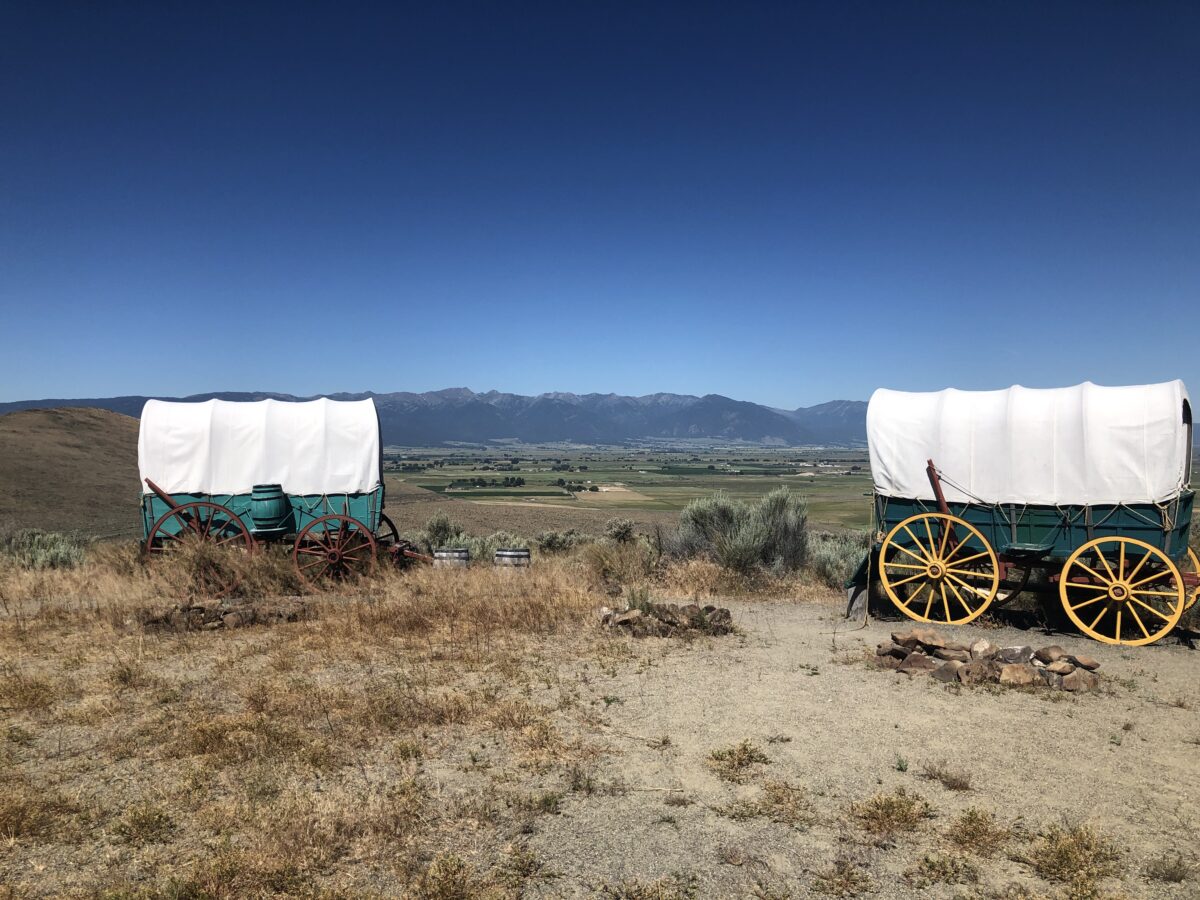
As you walk in the path of these pioneers, you can visualize the trials and tribulations they went through – all for the dream of Independence…
Need Help Planning Your Visits?
If you would like to explore this or other National Park Units, but need a bit help in the planning, please give us a call at (480) 609-3978. We are happy to offer customized trip planning.
#FindYourPark
#SeeAmericaFirst
